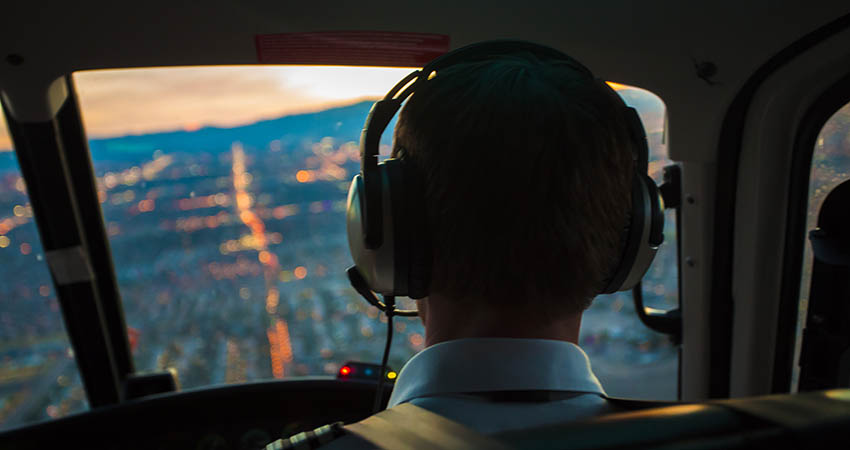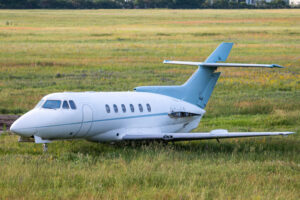Sleep tight, don’t let the FAA bite.
The NBAA released a free webinar explaining tricky duty vs. rest time scenarios and how to ensure FAA compliance through them. Passengers arriving late or “tail end” repositioning can stretch the limits of Part 135 regulations. Without realizing it, it can be extremely easy to break these rules and guidelines set forth for your operation. Now, let’s see what exactly the regulation states.
14 CFR Part 135.267 explains, “(c) A flight crewmember’s flight time may exceed the flight time limits of paragraph (b) of this section if the assigned flight time occurs during a regularly assigned duty period of no more than 14 hours and— (1) If this duty period is immediately preceded by and followed by a required rest period of at least 10 consecutive hours of rest […]”
Although definitions of duty and rest leave room for interpretation within the regulations, the webinar sheds some light on the FAA’s use of the terms. One webinar presenter, aviation attorney David Norton, explains that “rest must have three elements – it must be continuous, determined prospectively and free from all restraint.” He also adds, “rest must be a block of time known in advance. It can’t be a ‘standby’ or ‘on-call’ period.”

With rest time regulations, it is important to eliminate as much of the questionable area as possible. For pilot’s and your operation’s sake, it’s better to have clear cut rest time given rather than it be in a gray-area.
Are you a Part 135 operator looking to revamp your training process? Read our blog, browse our website, or email sales@www.ctsys.com for more on how CTS online aviation training can improve your ground training process.
RELATED READING
RELATED CTS TRAINING









